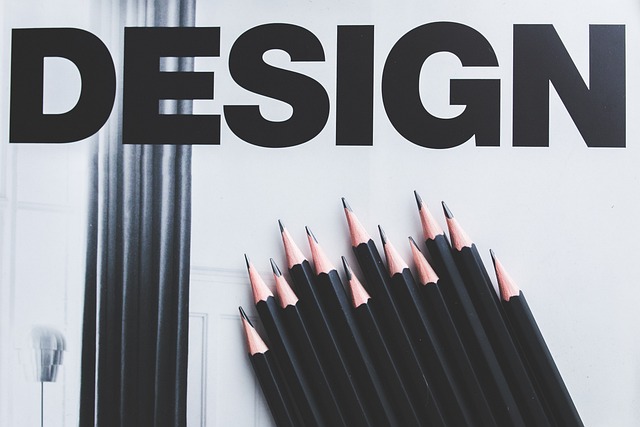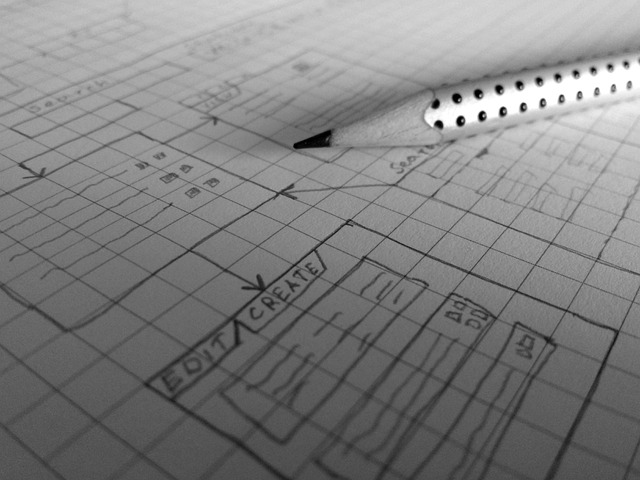Hey there, design enthusiasts! Ellen here, coming at you with another deep dive into the world of visual composition. Today, we’re tackling a principle that’s been a game-changer in my career: the rule of thirds. Whether you’re a budding photographer, a graphic designer, or just someone who wants to level up their Instagram game, this simple yet powerful concept can transform your work.
What is the Rule of Thirds?
At its core, the rule of thirds is a composition guideline that divides an image into a 3×3 grid. Imagine two horizontal lines and two vertical lines crossing your frame, creating nine equal rectangles. The idea is to place your main subjects or points of interest along these lines or at their intersections, rather than smack in the center of your composition.
Why Does it Work?
You might be wondering, “Ellen, why bother with this grid business?” Well, let me tell you – it’s all about creating visual interest and balance. Our eyes naturally gravitate towards these intersection points, often called “power points.” By placing key elements along the grid lines or at these points, you’re guiding the viewer’s gaze exactly where you want it to go.
Moreover, this technique adds a sense of dynamism to your compositions. Centered subjects can sometimes feel static or boring, while off-center placement creates tension and movement. It’s that subtle edge that can make your designs pop.
Applying the Rule in Different Fields
As a designer who’s worked across various mediums, I’ve seen the rule of thirds work its magic in multiple scenarios:
- Photography: This is where most people first encounter the concept. Whether you’re shooting landscapes, portraits, or street scenes, try aligning your horizon with the top or bottom horizontal line. Place your main subject at one of the intersections, and watch your photos come alive.
- Graphic Design: When laying out a poster or a web page, use the grid to position your key elements. Your main headline might align with a top line, while a call-to-action button sits at a lower intersection.
- UI/UX Design: In app interfaces, consider placing important navigation elements or focal points along these lines. It can make your design more intuitive and visually appealing.
- Painting and Illustration: Even in more abstract works, the rule can guide your composition. Key shapes or color transitions often benefit from this alignment.
Breaking the Rules
Now, here’s where I might ruffle some feathers – sometimes, you need to break the rules. The rule of thirds is a guideline, not a law. There are plenty of stunning compositions that ignore it entirely. The key is understanding why you’re breaking it.
In my years of design, I’ve found that knowing when to adhere to the rule and when to ditch it comes with experience. Sometimes, a centered composition creates the perfect symmetry or emphasizes a point. Other times, an extremely off-center subject can create delightful tension.
Tips for Mastering the Rule of Thirds
- Practice, practice, practice: Start by consciously applying the rule to every piece you create. Over time, it’ll become second nature.
- Use the built-in grid: Most cameras and design software have a rule of thirds grid overlay. Use it!
- Experiment with different subjects: See how the rule affects various types of content – from product photos to abstract designs.
- Analyze great works: Look at famous paintings, photographs, and designs. You’ll be surprised how often you see the rule in action.
- Don’t be afraid to nudge: Sometimes, a slight adjustment to align with the grid can make all the difference.
- Consider negative space: The rule isn’t just about where to place your subject – it’s also about how you frame the empty areas.
- Combine with other principles: The rule of thirds plays well with other design concepts like leading lines and color theory.
Beyond the Basics
As you get more comfortable with the rule, you can start playing with more complex applications. For instance, in web design, I often use a more detailed 9×9 grid (essentially, the rule of thirds within each third). This allows for more nuanced layouts while still maintaining that pleasing overall structure.
Another advanced technique is using the rule of thirds in motion design. In video or animation, you can guide the viewer’s eye by moving elements along these grid lines or from one intersection to another.
The Bottom Line
The rule of thirds is one of those rare principles that’s both simple to understand and incredibly powerful when mastered. It’s been a constant companion throughout my design career, helping me create more engaging and balanced compositions across all mediums.
Remember, though, that it’s just one tool in your design toolkit. The best designers know when to use it and when to set it aside. As with all rules in creative fields, once you’ve internalized it, feel free to bend or break it to serve your unique vision.
So, go forth and grid it up! I can’t wait to see how you apply the rule of thirds in your own work. As always, feel free to drop questions in the comments. Until next time, keep creating, and remember – good design is no accident!







